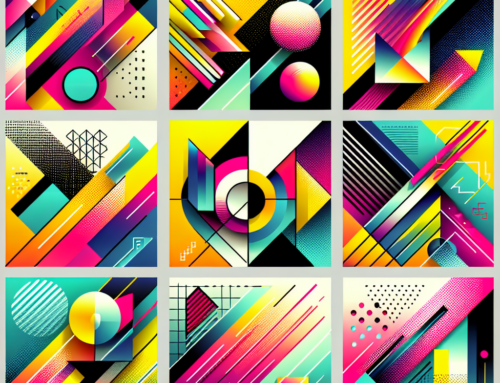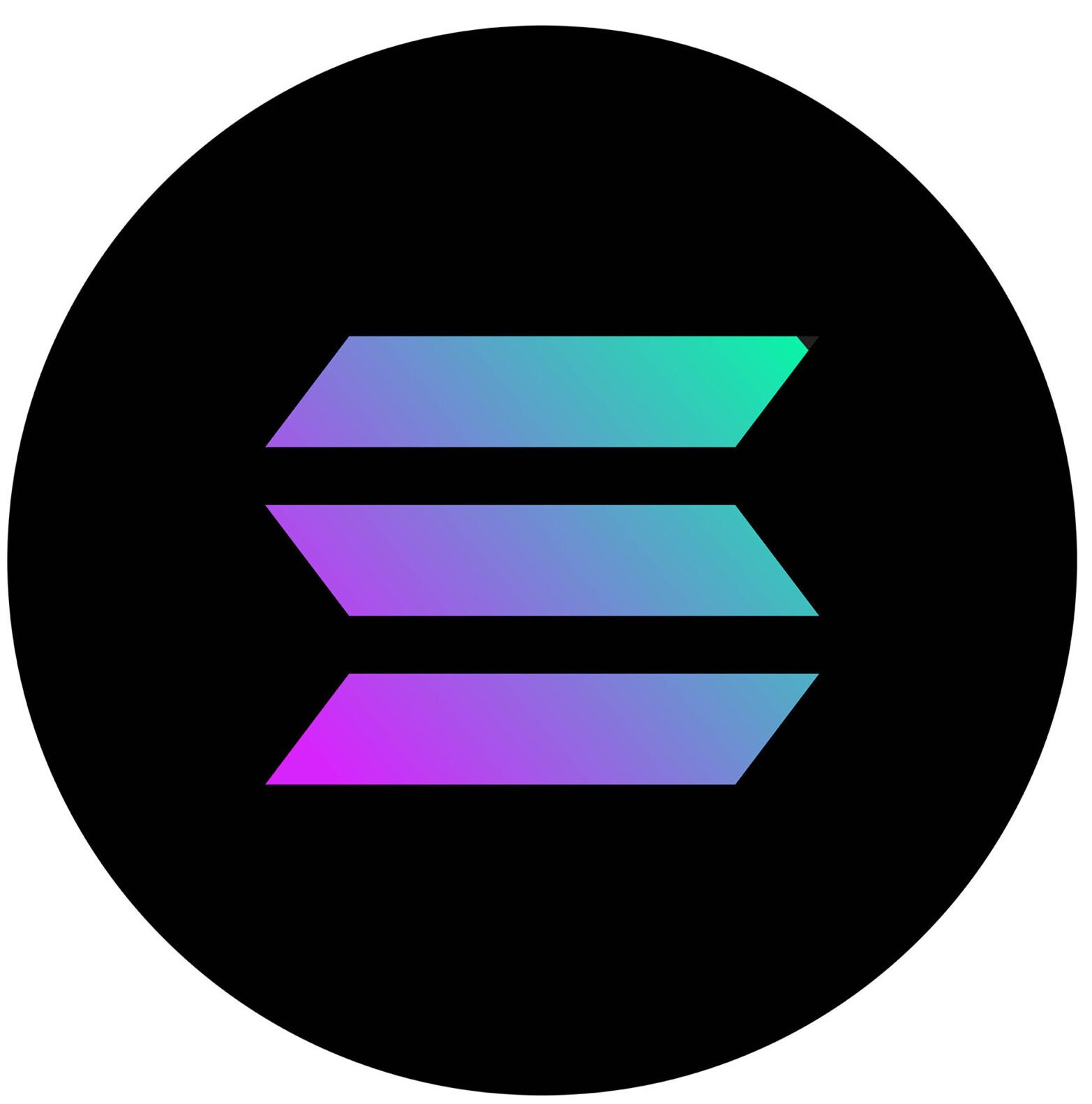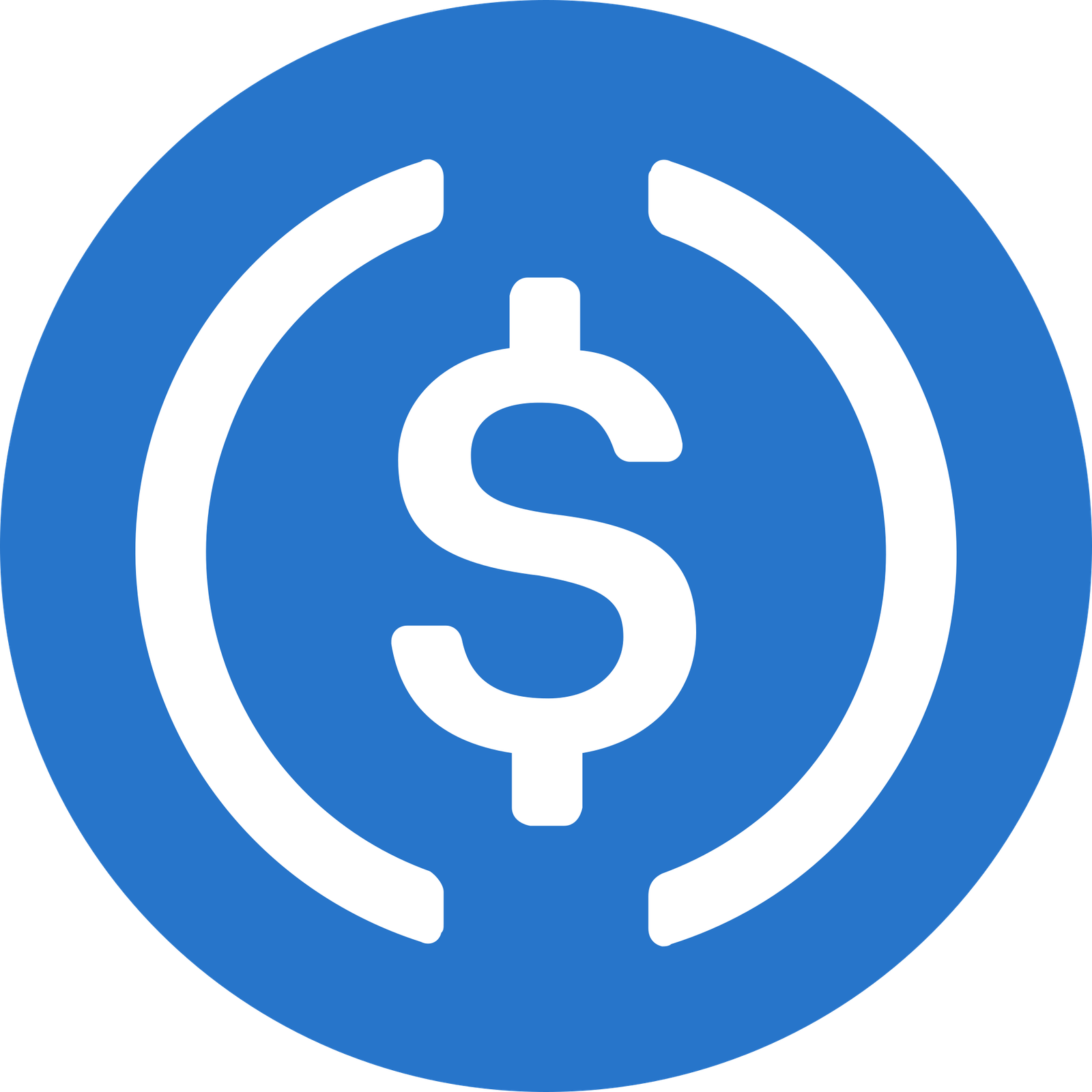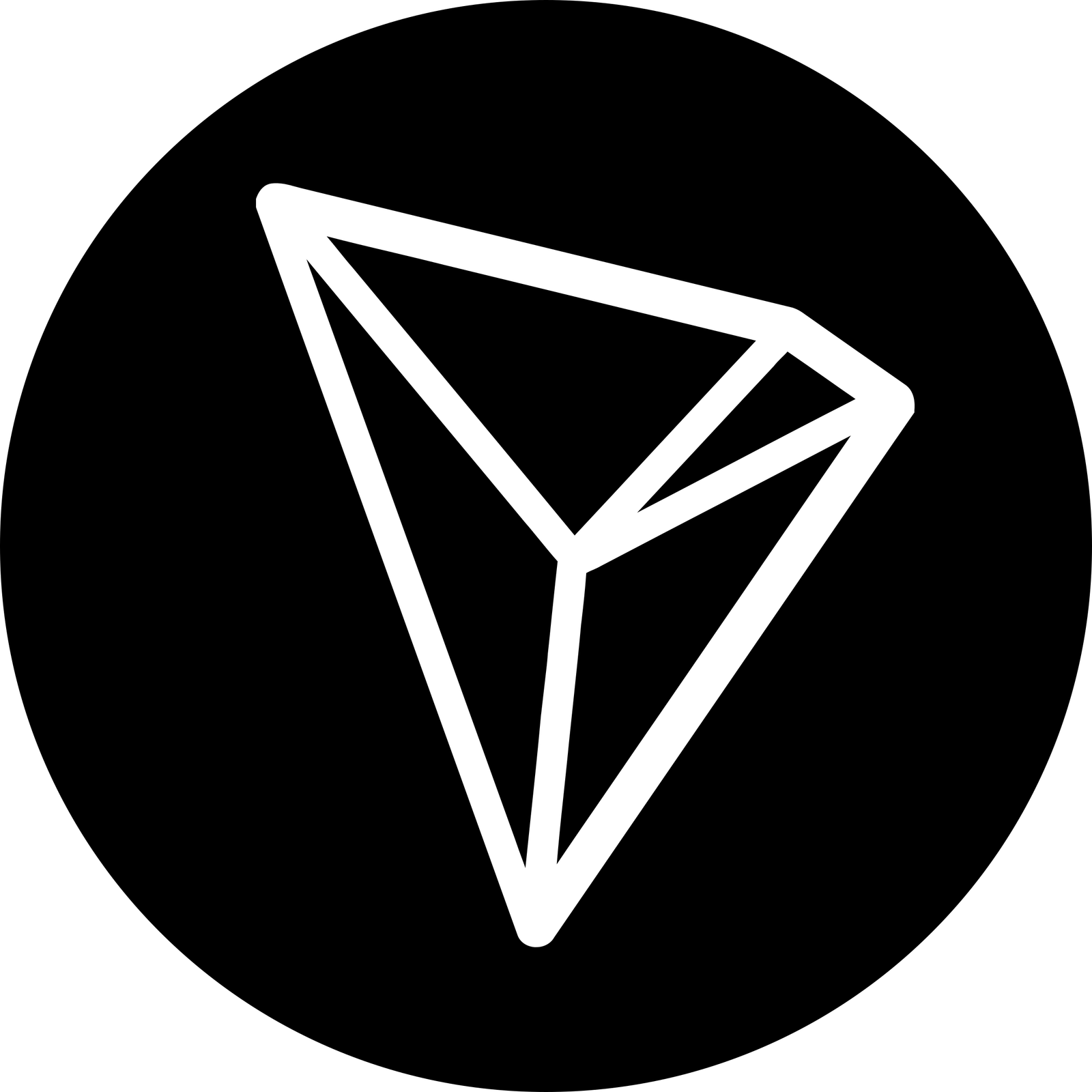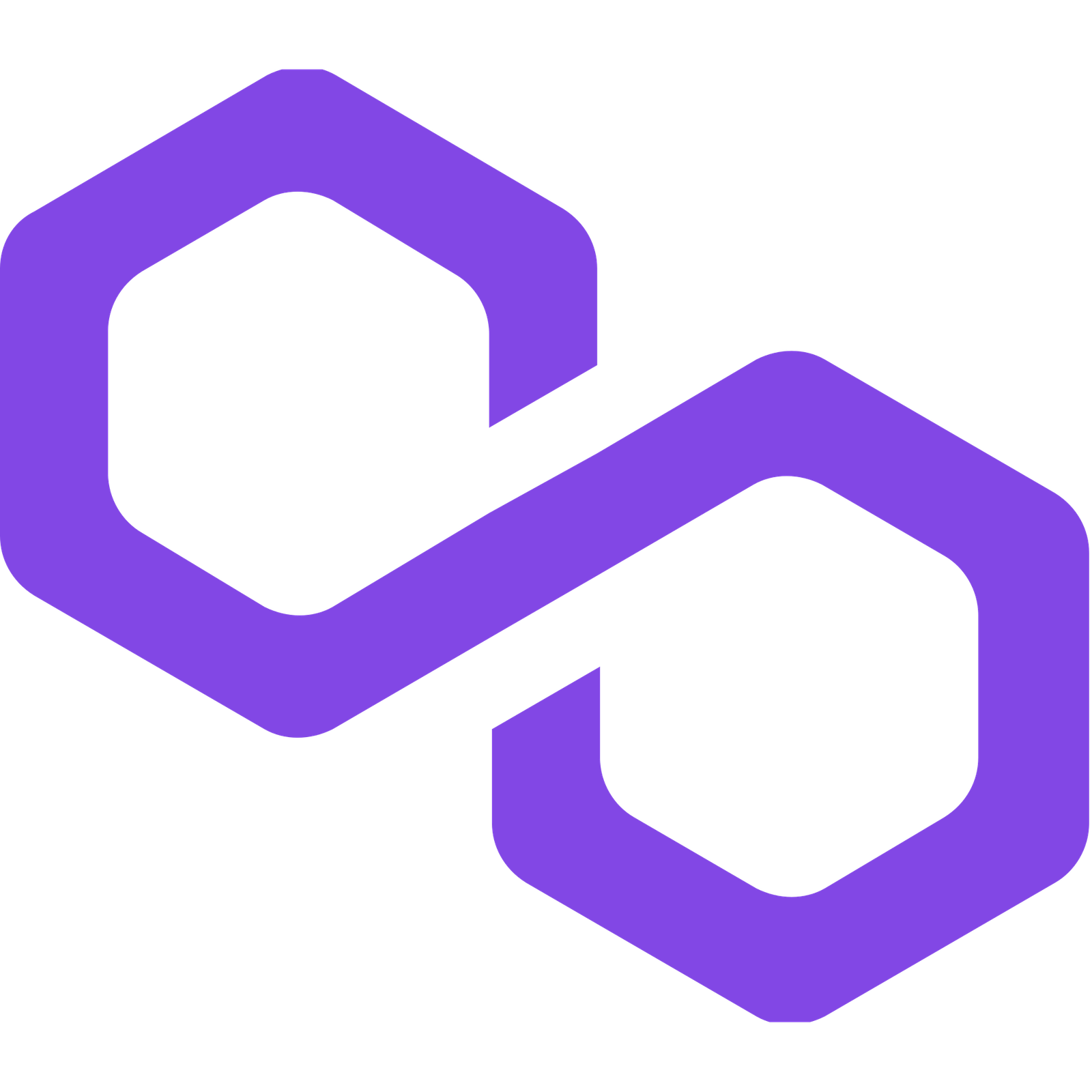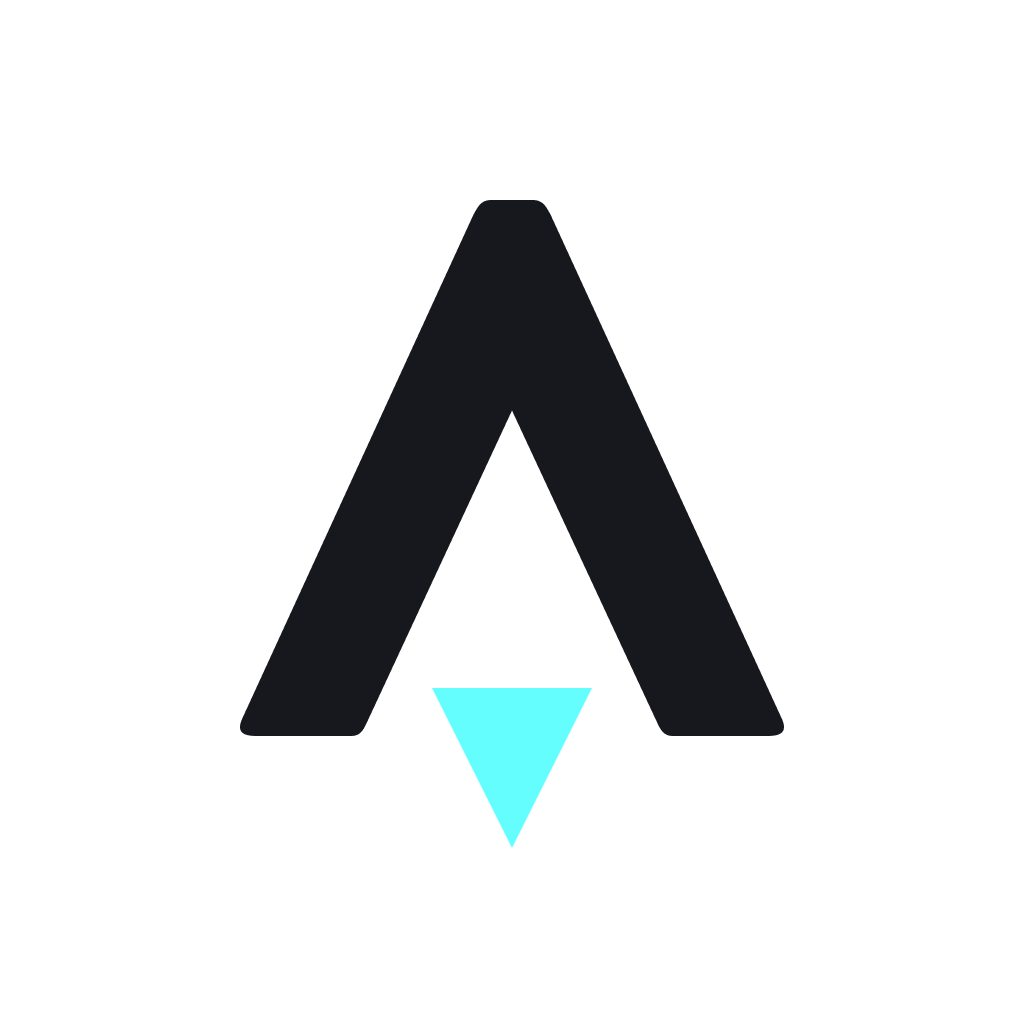Unlocking Ethereum: Your Guide to the Future of Crypto

Unlocking Ethereum: Your Guide to the Future of Crypto
As we venture further into the digital age, a seismic shift is underway in how we interact, transact, and create value. At the heart of this transformation lies Ethereum, a powerful blockchain ecosystem that is redefining the boundaries of finance, art, gaming, and beyond. The transition from traditional Web2 interfaces to a decentralized Web3 offers unprecedented opportunities, challenges, and a chance to rethink ownership in the digital world.
Innovative Developments & Emerging Technologies
The Ethereum blockchain has been at the forefront of recent innovations, particularly with the shift to Ethereum 2.0 and its proof-of-stake consensus mechanism, which promises enhanced scalability and eco-friendliness. As highlighted in CoinDesk’s updates, this transition dramatically reduces energy consumption and empowers developers to build dApps (decentralized applications) more efficiently.
In parallel, the rise of Non-Fungible Tokens (NFTs) has spurred a new wave of creativity and monetization possibilities. NFTs are transcending the simple notion of digital collectibles—emerging use cases now include virtual real estate, music, and intellectual property rights. The integration of NFTs into social media platforms is also on the rise, allowing creators to directly monetize content, as noted by CoinTelegraph’s Blockchain Insights.
Blockchain and Crypto in the Mainstream
Cryptocurrency and blockchain technologies have slowly permeated mainstream industries, reshaping finance, entertainment, and supply chains. The Block’s industry reports illustrate how organizations like Visa are incorporating blockchain for payment processing, demonstrating the potential for greater efficiency and trust. In entertainment, platforms like Audius are enabling artists to distribute music directly to fans, bypassing traditional intermediaries.
Decentralized finance (DeFi) platforms, which allow users to lend, borrow, and earn interest on their crypto assets without the need for centralized banks, are also gaining traction. Projects like Aavegotchi combine DeFi with NFTs, creating unique economic ecosystems that empower users and support robust community engagement.
Web3 and Gaming
Gaming represents one of the most exciting frontiers for Web3 applications. The blend of blockchain technologies with gaming is transforming how players interact with digital worlds. Through blockchain-powered gaming platforms like Axie Infinity, players can earn monetary rewards by engaging in competitive gameplay, effectively redefining the concept of play-to-earn.
Moreover, The Sandbox allows users to create, own, and monetize their gaming experiences in a decentralized environment. By enabling true ownership of in-game assets through NFTs, these platforms empower players to take agency over their assets, stimulating new models of revenue for game developers and players alike.
The Role of Decentralized Autonomous Organizations (DAOs)
As Web3 flourishes, the emergence of Decentralized Autonomous Organizations (DAOs) represents a radical shift in governance and community engagement. DAOs enable decentralized decision-making, allowing stakeholders to vote on projects and propose changes. This structure not only democratizes governance but also strengthens community ties.
Platforms like DAOstack highlight how DAOs can evolve, enabling agile responses to challenges and fostering innovation. They have the potential to redefine how organizations are structured, making them more participatory and aligned with the interests of their members.
A Vision for the Future
Looking ahead, the forecasts for Web3 opportunities are expansive. Integration of advanced technologies like AI, augmented reality (AR), and virtual reality (VR) with blockchain could further revolutionize digital experiences. The prospect of a fully realized metaverse, where users can interact and transact seamlessly, is becoming tangible. Emerging projects highlighted on sites like Decrypt illustrate this potential, with developments that blur the lines between reality and digital existence.
As we transition into this new era, the implications of these trends on global economies will be profound. The concept of digital ownership could fundamentally alter creative industries; individuals may gain more control over their intellectual properties while reducing the monopolistic hold of traditional corporations.
Conclusion: Embrace the Change
Web3 is far more than a series of technological advancements; it signifies a paradigm shift in how we understand ownership, governance, and community. As Ethereum and its ecosystem evolve, advocates for decentralization encourage us to explore new platforms and participate in the burgeoning digital landscape.
For readers eager to stay informed, platforms like The Block, CoinDesk, and NFT Now offer rich insights into the rapid developments shaping this space. Engage with DAOs, invest in NFTs, and keep an eye on the decentralized finance sector to understand how Web3 will influence your digital life.
The future is here—embrace it, explore it, and be a part of the transformation that Web3 brings.





